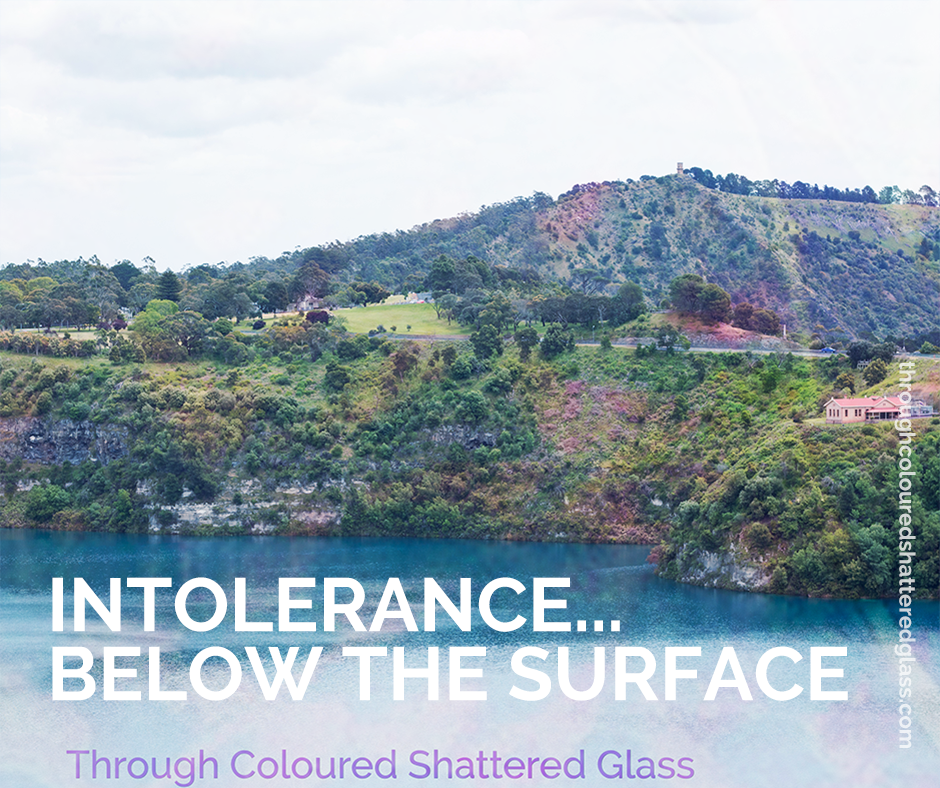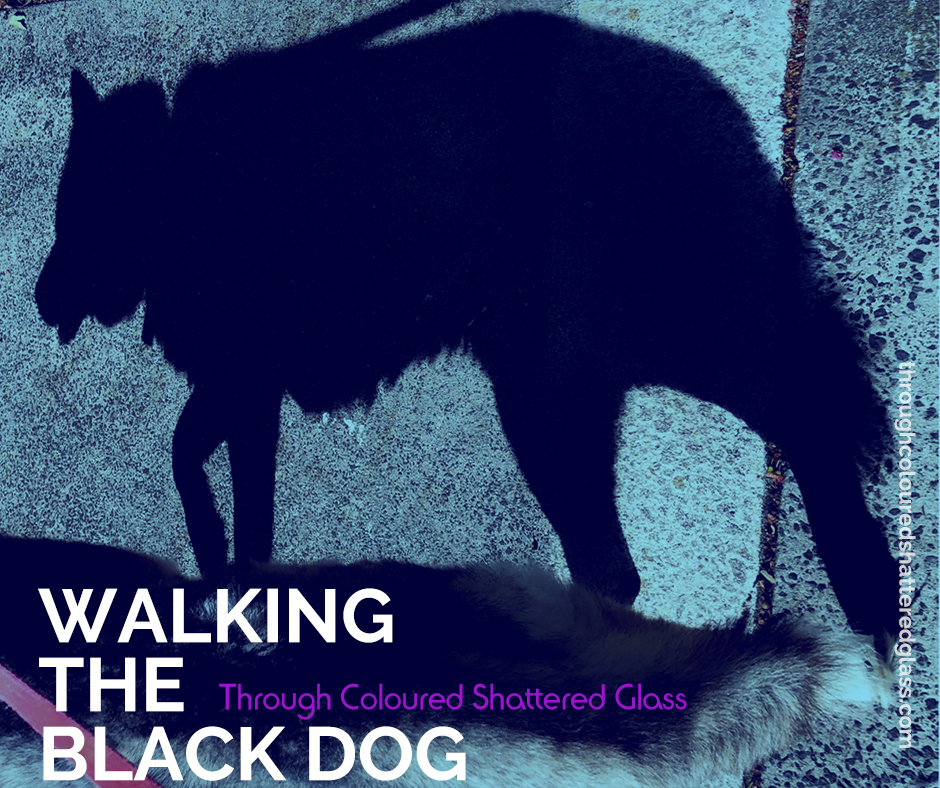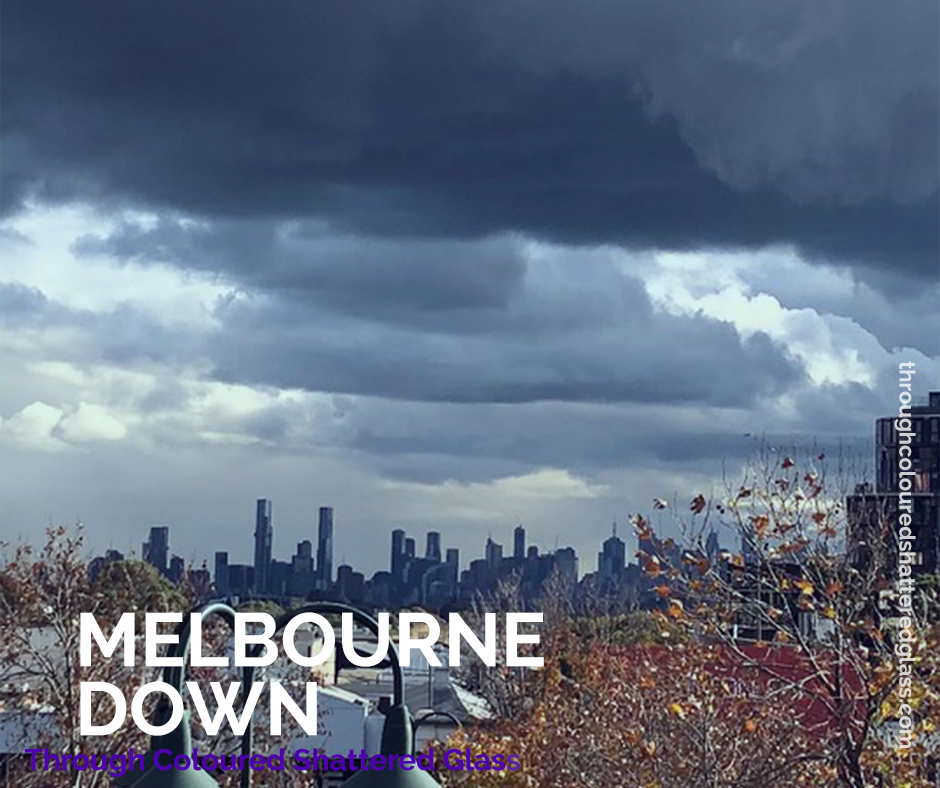Any person can name at least one thing they can’t tolerate. For those on the Autism Spectrum, there is likely an extensive list. While this may represent an obvious difference in tolerance levels, this issue affects us all.
Perhaps one of the most common examples is of the tired toddler. A typically happy and agreeable child can become very disruptive and argumentative when tired. As sleep is a physical requirement, the body fights hard for this need to be met. Unfortunately, for a toddler, and likewise for many children and even adults on the Autism Spectrum, they don’t realise what their body is trying to communicate.
Knowing all of my children so well, I can name each of their individual characteristic tolerance increasing physical shortfalls. More than anything else, Taz needs his personal space, which gives him the peace and quiet to allow his anxiety to lower. As a physical need, this relates to danger. His heightened sense of danger AKA “anxiety” is by far the largest influence on his general levels of tolerance. For Chip it’s hunger. If this basic need is not met for him, his intolerance increases markedly in comparison to other physical needs. For Dale it’s thirst. Surprisingly this sits higher than tiredness, hunger and even physical pain for his decreased tolerance.
It’s likely to be different for everyone, but I bet you may be able to name a few primary needs that influence close friends and family. Primary needs are things like safety, food, water, sleep and social needs. They are likely more obvious when observing animals, but they are just as present in humans. These needs are what keep us alive. They influence tolerance at a very high level. The difficulty for many on the Autism Spectrum is that some basic needs are not programmed as higher priorities. Furthermore, many more intolerances stemming from things considered less influential than basic needs are programmed with higher priorities. Anxiety is so increased for people on the spectrum that their body is prioritising safety above all else in situations which are not apparently a threat to their safety in the eyes of others. Often considered over-reactive, those on the spectrum are actually just responding to their physical need of safety.
If you were in a sinking boat, escaping a man with a gun, exiting a burning building or guiding a resistant toddler through heavy traffic, you would likely be less tolerant of many things too. This is the level of fear for personal safety that a person on the spectrum could be responding to when they react in un-expected ways. It may seem like a harmless thing to you, but their body is telling them they’re in danger, thus they have no tolerance and go into fight or flight mode, just as they would with extreme danger.
As signals for basic physical needs can become scrambled in the brain of those on the spectrum, so too can the responses seem to be haphazard. You can really help them by avoiding allowing any of their systems to become overloaded or under-fed. Making sure eating and drinking are done regularly, and that their space feels safe.
While monitoring of a person’s physical needs sounds simple enough, it really isn’t. Generally, people respond to their inner systems for hunger, thirst, social, sleep and safety. There is a little central processor called the hypothalamus which monitors the body for its chemical balance, and it also sends out messages to other systems if things are out-of-kilter. The brain also monitors safety and social requirements, sending chemical memos to the person so that they realise what they need. These communication systems don’t work in the same way for those on the spectrum, so it becomes a conscious task for them to keep the body stable. Of course, as naturally as it may come to some people, trying to do this for someone else isn’t easy.
Getting to know triggers can help to assist people with this regulation. With Taz, I looked for behaviour changes in him. When we looked at kindergartens years ago, there was one in particular where he wouldn’t stay inside the building. I still don’t know why, but I didn’t choose to send him to this kindergarten because of that. It was something I didn’t notice, but whatever it was bothered him enough to keep him leaving. It could have been a noise that the heating system made or something, but it obviously kicked in a reaction from his body system, so I took note of that.
With Chip and Dale I noticed when they were very young that their systems for detecting hunger and thirst respectively didn’t readily respond, and for Chip it caused a fear response. Of course, the lack of food was not the only cause for his increased intolerance, but it was often an affective treatment as a first response. While Dale reacted differently, falling into a sadness and negative assumption focus, a drink of water was clearly a key to helping that negativity diminish.
Since discovering the most basic of intolerance triggers, I have found an ever increasing list of them. Dale has lots of difficulty with noise levels and large amounts of sensory input. Simply handing him ear covers to dull the noise and/or sunglasses to dim the light has decreased his intolerance markedly. Taz tends to have building tension associated with new circumstances or perceived safety risk. He also has decreased tension when engaging with public transport, and an ability to tolerate more when he’s concentrating on photography and video, as these activities allow him to block out whatever else is happening. Having any sort of focus helps him, so I often recommend teachers give him a job to do if he’s listless. While Chip and his hair-trigger intolerance is more difficult to read, I have managed to find some subtle ways of increasing his level of tolerance. Music is great for this, so it’s our go-to after a difficult day at school. Equally, sensory activities like putty, slime and magic sand bring a positive attitude to Dale.
It’s like a mapping exercise discovering and noting aspects of life that increase or decrease each person’s tolerance. It’s a great way of establishing a set of coping styles and a list of behaviours that indicate reduced coping. Once these things are identified, you can teach them to your child by naming them and bringing attention to them as positively as possible. You can do the same with adults, giving them a support which they can go on to recognise and implement themselves. Of course, this is the plan with children too. Taz now has a good grasp of many of his in-tolerance cues. He also has a set of valuable stress reducing activities. He has established “safe places” to go if he begins to notice his tolerance dropping. As a nearly 13yo now, he has taken on his self-management very well. Of course, he still needs mum, and I continue to support him in identifying his emotional state, and calming himself effectively. He will always have my support with this. Chip and Dale are still finding their independence in more basic ways like getting dishes back to the kitchen, but I know they are listening when I name what is happening for them, so teaching has begun, but I’m still their primary emotional regulator as they are just 8.
It’s worth remembering that intolerance often has a cause. It may be that road raging member of public traffic, or the person who yells at the shop attendant. Often the behaviour that gets attention is just the surface of what’s going on for another person. I expect that mindfulness of this could much improve our society by lending support to those both on and off the Autism Spectrum.
What is your most prominent trigger for intolerance?
How does your intolerance present?
What was the last encounter of intolerance in someone else you had?
Can you think of reasons why that may have happened?




